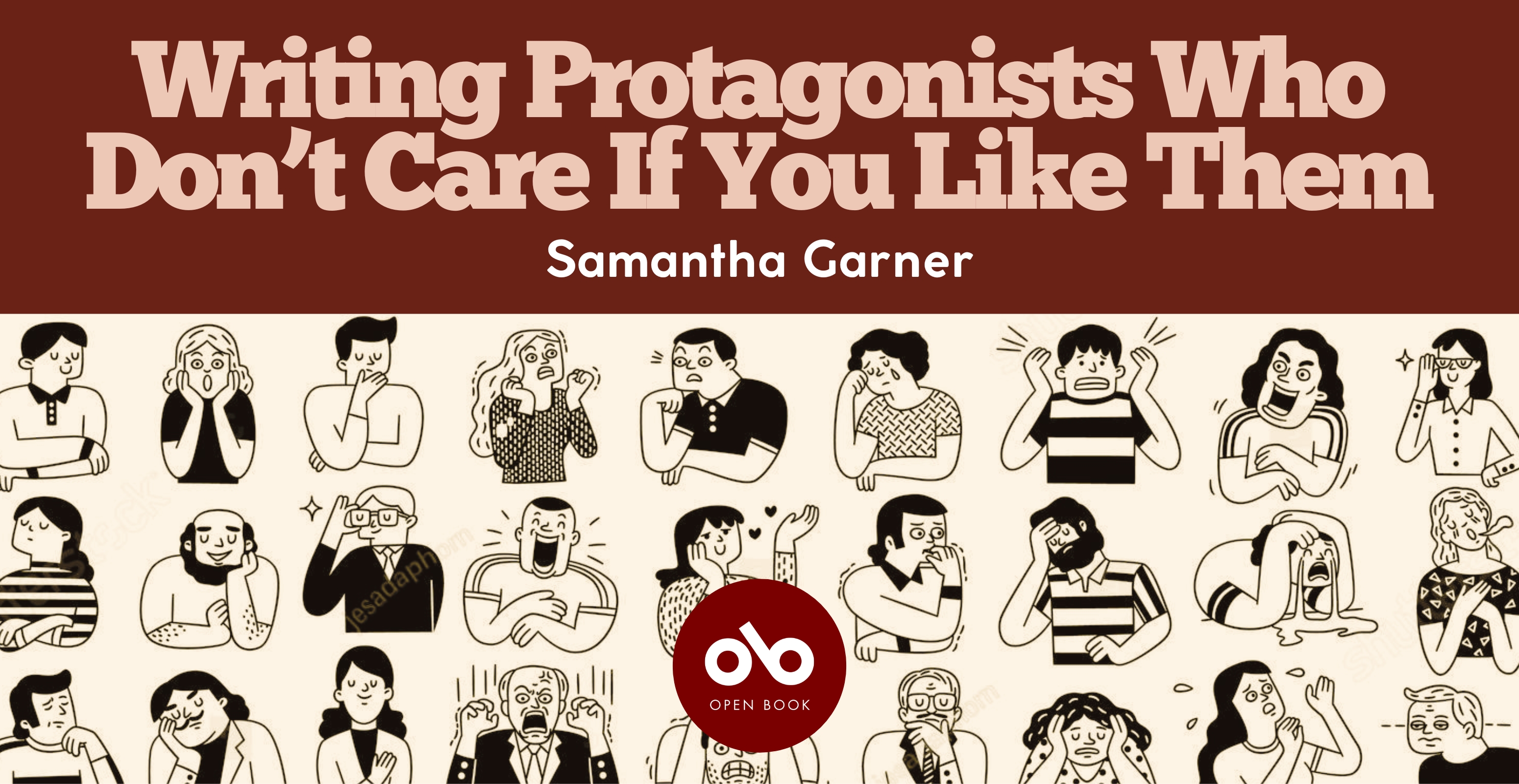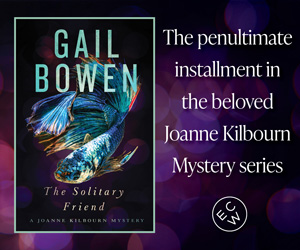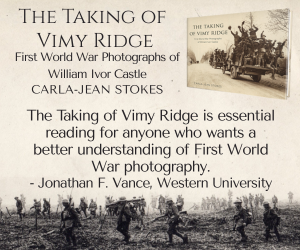Writing Protagonists Who Don’t Care If You Like Them
By Samantha Garner
As writers, we want our readers to connect with our protagonists, to root for them and relate to them. It makes sense – human connection is at the heart of storytelling. If a reader just utterly hates our protagonists, they’ll just stop reading.
But what about the protagonists who are so compelling and dynamic that you’d gladly follow them around for hundreds of pages even though you’d never want to be within a kilometre of them in real life?
That, my friends, is the magic of the unlikeable character.
What is an “unlikeable” protagonist?
Now let me be clear – I’m not talking about an unlikeable protagonist who’s undeveloped, cruel, or an author’s obvious mouthpiece for harmful views. I mean a protagonist who’s flawed. They make mistakes and purposely avoid what’s good for them. They might even make us uncomfortable, but there’s just something keeping us interested.
An example of an unlikeable protagonist is the one from my favourite Jane Austen novel, Emma. I’ll be the first to tell you that Emma Woodhouse is annoying. She’s always poking her nose in other people’s business, she’s frivolous, she thinks she’s always right, and she’s pretty snobbish. But she also cares deeply about her widower father, and all her meddling is really because she cares about seeing people happy. And far be it from me to judge someone too much for thinking she’s always right. (I wonder, too, how much hate Emma gets simply for being a headstrong woman who loves her independence and trusts in her own abilities more than evidence supports.) In the novel – spoiler alert – Emma realizes that some of her character traits are not actually as awesome as she’d thought, and she resolves to change.
Unlikeable protagonists endear themselves to us because we see the human being under all those flaws. They create conflict, mirror a part of the human experience, and challenge our own perceptions and values. We don’t always have to end up liking them, but we do have to be interested in their journey.
How to write an unlikeable protagonist
Here are some ways to write an unlikeable protagonist who still readers hooked.
- Decide what’s a flaw and what isn’t. I know that character flaws can be fairly subjective, but it’s useful to figure out which traits negatively impact your character’s world. As you might have figured out by my Emma Woodhouse example, I’m rarely going to consider it a flaw if a woman or someone from a marginalized community is headstrong. I just don’t see that as a thing to be fixed, you know? But if that headstrong nature causes them to repeatedly throw themselves into situations they’re woefully unprepared for, then it affects their life in a negative way.
- Give them nuance. It can be tempting to think “Unlikeable character? Okay! I’ll write someone who’s the biggest, rudest jerk I can imagine. Done!” Not quite. What you’ve got there is a cartoon villain. Nobody’s going to follow someone like that through a whole novel. Instead, write a flawed character with a compelling reason for being unlikeable. You don’t have to agree with that reason, but it needs to make sense for the character. What happened in their past to motivate what they want now? What is their own personal logic telling them about their life?
- Give them redeeming qualities. Remind us what makes your unlikeable protagonist human and worthy of your reader’s attention. A redeeming quality doesn’t have to be one you necessarily like yourself, but it just has to soften the unlikeability a bit. For example: your protagonist has one authentic friendship, they’re really into gardening, or they always do what they say they will. Gary King from the film The World’s End is a favourite unlikeable protagonist of mine because he’s a nostalgia fanatic who loves the Sisters of Mercy and using humour as a shield. Those qualities are compelling to me even though they’re also connected to his flaws. I relate to him, for better and especially for worse.
- Write in moments of vulnerability. We’ve all been there, having an argument with someone, the kind that was a long time coming. Then, our foe reveals something they’ve been struggling with that dampens our fire a bit. Your protagonist’s vulnerable moments should relate to their backstory and character to keep them believable, and highlight their complexity. What do they care about? How do they act when nobody’s around?
- Show the protagonist’s growth. Your unlikeable protagonist doesn’t have to reach the end of the book with all flaws erased. That’d be quite unrealistic and unsatisfying. But they should overcome – or at least want to overcome – at least one of the flaws that negatively impacts their life and/or those around them. Oh, and they should face the consequences of their flaws a few times before the end of the story, too. It makes their growth more believable.
- Understand the flaws that might be too much for readers. There are certain flaws – sexism, racism, homophobia, extreme aggression and the like – that could be a no-go for some readers. That doesn’t necessarily mean you have to change the character, though. If this trait is necessary for the character and the story, you’ll need to work extra hard for your protagonist to be interesting to readers.
Your CanLit News
Subscribe to Open Book’s newsletter to get local book events, literary content, writing tips, and more in your inbox
Ultimately, a strong unlikeable protagonist is complex, human, and compelling. They may never be the sort of person we’d want to hang out with in real life, but they definitely can be the sort of person we’d want to follow to the end of their story. Nobody’s perfect, of course, but we’re all interesting!
The views expressed by Open Book columnists are those held by the authors and do not necessarily reflect the views of Open Book.
Samantha Garner is the author of The Quiet is Loud, shortlisted for the 2022 Kobo Emerging Writer Prize. A Canadian of mixed Filipino-Finnish background, her character-driven fantasy novels explore themes of identity and belonging. When not writing, Samantha can be found daydreaming in a video game or boring a loved one with the latest historical fact she’s learned.
She can be found online at samanthagarner.ca and on Instagram and Twitter at @samanthakgarner.




